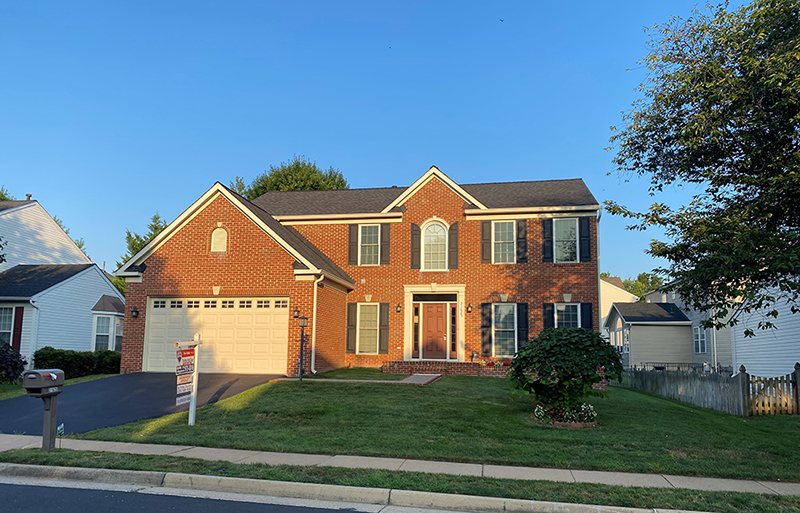
Harvard JCHS Forecasts Decade of Slowing Household Growth Ahead for Owners, Renters

(Photo credit: Michael Tucker)
New projections from the Joint Center for Housing Studies at Harvard University show a general slowing of growth in both homeowner and renter households.
“According to our new paper, between 2025 and 2035, annual growth in homeowner households is expected to range from 337,000 to 685,000, while annual growth in renter households ranges from 174,000 to 523,000,” Daniel McCue, Senior Research Associate at the Center, said in a blog post. “The low range across both tenures is because the projections extend our subdued household growth projections published in January, which call for a total household growth rate of just 859,000 per year in 2025–2035.”
McCue noted the projections incorporate relatively modest changes in homeownership rates in 2025–2035 under three scenarios ranging from a 0.8 percentage-point increase (to 66.8 percent) to a 1.6 percentage point decrease (to 64.3 percent). “These small swings are because the projections are driven by demographics and therefore do not account for unpredictable changes in financial conditions, such as a sudden rise or fall in interest rates, that could easily lead to larger movements in homeownership rates,” he said. “As such, the projections offer a “baseline” look at likely trends in homeownership under stable financial conditions.”
The post noted that all three projection scenarios produce increases in both homeowner and renter households that are historically average at best and well below average in others. “Given that high home prices and interest rates continue to be a barrier to first-time buyers and homeownership rates are still falling through mid-2025, the low-trajectory projection scenario may be the most likely one, which would mean historically low levels of growth in homeowner households but sustained growth in rental demand,” McCue said. “However, a sudden decline in mortgage interest rates or other impacts to affordability could support a higher scenario for homeownership rates and a drop in rental demand. As such, any projections of tenure should be viewed within a wide margin of error because of their sensitivity to sudden changes in unpredictable financial conditions. Still, these projections provide a picture of how demographic change and the projected slowing of household growth over the next ten years could affect both homeowner and renter households under a range of future movements in homeownership rates.”
